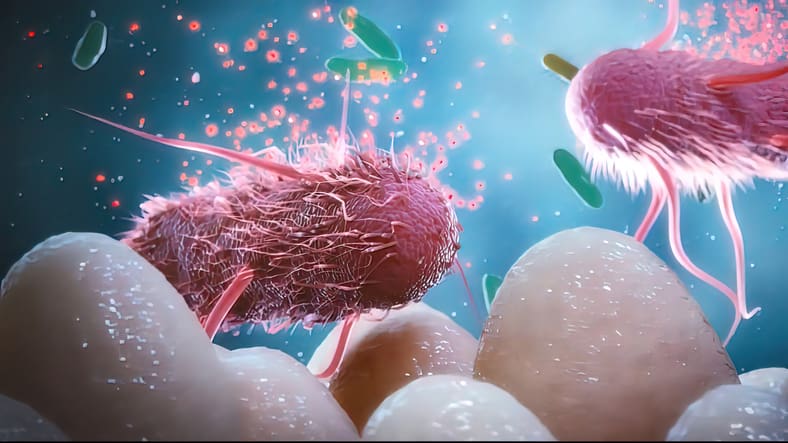The Truth About Saunas: Separating Fact from Fiction

Sauna use: it’s been around for centuries, deeply ingrained in cultures worldwide. From Finnish dry saunas to sweat lodges in Native American traditions and Russian banya steam rooms, the allure of the sauna extends far beyond relaxation—it’s a cornerstone of socialization and wellness practices. In recent years, the media has hailed sauna bathing as a […]
Harnessing Hormones for Cardiovascular Wellness

Women’s Cardiovascular Silent Ally: Hormone Therapy Contrary to conventional wisdom, estrogen (E2) and progesterone (P4) have emerged as potent defenders against the onset of cardiovascular disease (CVD), offering a ray of hope in the fight against this pervasive threat. Decades of research have illuminated the profound impact of E2 and P4 on cardiovascular well-being. These […]
Papa’s Traditional Hummus

This delightful recipe, inspired by Sonya Khazaal from Seattle’s renowned restaurant Phoenecia. This delightful recipe, inspired by Sonya Khazaal from Seattle’s renowned restaurant Phoenecia, not only satisfies your taste buds but also supports liver health and adrenal gland function, nourishing both body and spirit. Ingredients: 1 1/2 cups dried chickpeas (garbanzo beans) 2 teaspoons salt, […]
Does Semaglutide have an impact on non-diabetic individuals with overweight or obesity?

Unlocking Cardiovascular Benefits: Semaglutide’s Impact on Non-Diabetic Individuals with Overweight or Obesity In a groundbreaking study known as the SELECT Trial, researchers, led by Michael Lincoff, Kirstine Brown-Frandsen, and Helen M Colhoun, delved into the potential cardiovascular benefits of semaglutide, a glucagon-like peptide-1 receptor agonist. Unlike previous investigations that focused on diabetic patients, this trial […]
Get hair as thick as a shampoo commercial

A lot of people ask me, “How can I make my hair thick again?” The answer is it’s not about some “miracle” hair product; it has to do with nutrition and hormones! Anyone who’s been pregnant remembers how thick hair was! That is because progesterone and estrogen were elevated and stayed consistent for 9 months. […]
Is selenium the missing link to your thyroid?

A healthy thyroid is a critical your energy, your weight, your skin, your hair and so much more. Yet many people are told that their thyroid is “fine” when they go to the doctor. The range for “normal” thyroid function is enormous. You may still be in the normal range but what if you are […]
Mama’s Minestrone Soup

Mama’s Minestrone Soup (My Husband Rocco’s Mother’s Recipe!) A chunky soup full of veggies that is a great start to a meal, or a meal on its own. It can be made ahead and in fact tastes even better when it is. 3 tablespoons olive oil 1 cup minced onion 3 cups cut cabbage (remove […]
8 Main Causes of Fatigue

One of the top health problems my patients tell me every day is about is fatigue or extremely low energy levels. It seems there is an epidemic of tiredness. I don’t know anyone that doesn’t want more energy. Low energy can also be dangerous. 20% of fatal car accidents involve driver fatigue. Many people brush […]
You and Your Microbiome

You and your Microbiome The interconnectedness of your gut, brain, immune, and hormonal systems is complex and amazing at the same time. There is one thing that we have learned that affects all of the above – our microbiome. This complex ecosystem is made up of more than 100 trillion microbes and research has shown […]
Magnesium the Miracle Mineral

When I worked in traditional medicine we used magnesium in the emergency room to stop pre-term labor or to relax a heart that had a life threatening irregular beat. In my clinic now I use magnesium for its powerful effects on blood sugar levels, to lower blood pressure, to build bone, to treat pain and […]



